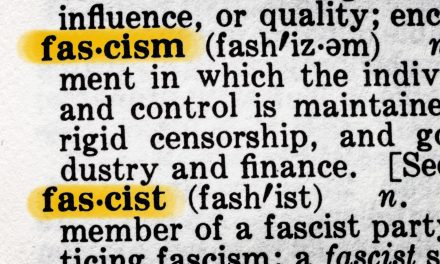A November 24,2010, application LL-1330 from Oregon Resources Corporation to the Oregon Water Resources Department for the use of 20,000 gallons per day from a mining pit, located near Seven Devils for dust control use, for the period May, 2011 through May 2016 has been denied on the grounds the use may be detrimental to the public.
The decision comes a day after the EPA published enhanced water monitoring guidelines that include detecting hexavalent chromium, a known carcinogen.
Findings of Fact
1. The forms, fees, and map have been submitted, as required by OAR 690-340-0030(1).
2. The Department provided public notice of the application, on November 30, 2011, as required by OAR 690-340-0030(2).
3. This limited license request is limited to an area within a single drainage basin as required by OAR 690-340-0030(3).
4. The Department has determined that water is not available for the requested use.
5. The Department has determined that the proposed source has not been withdrawn from further appropriation.
6. As part of its review to determine ground water availability, the Department’s Ground WaterlHydrology Section determined that the proposed source is hydraulically connected to surface water, specifically Threemile Creek, and has the potential for substantial interference. According to the local Watermaster, the Departments Water Availability Analysis indicates that water from Threemile Creek, is not available at 80% exceedance any time of the year, therefore water is not available.
7. The Department has received 19 comments related to the possible issuance of the limited license. These comments pertain to water availability, water availability analysis, interference with existing rights and surface water, fish and aquatic habitat, season of use, monitoring of the use, amount of water used, and the need for a permit as this is a long term use.
Conclusions of Law
The proposed water use will impair or be detrimental to the public interest pursuant to OAR 690-340-0030(2).
Order
Therefore, pursuant to ORS 537.143, ORS 537.144, and OAR 690-340-0030, application LL-1330 is denied.
Read the full order here
From the EPA January 11, 2011
EPA currently has a drinking water standard for total chromium, which includes chromium-6, and requires water systems to test for it. Testing is not required to distinguish what percentage of the total chromium is chromium-6 versus other forms such as chromium-3, so EPA’s regulation assumes that the sample is 100 percent chromium-6. This means the current chromium-6 standard has been as protective and precautionary as the science of that time allowed.
EPA’s latest data show that no public water systems are in violation of the standard. However, the science behind chromium-6 is evolving. The agency regularly re-evaluates drinking water standards and, based on new science on chromium-6, has already begun a rigorous and comprehensive review of its health effects. In September 2010, the agency released a draft of the scientific review for public comment. When the human health assessment is finalized in 2011, EPA will carefully review the conclusions and consider all relevant information to determine if a new standard needs to be set. While EPA conducts this important evaluation, the agency believes more information is needed on the presence of chromium-6 in drinking water. For that reason, EPA is providing guidance to all public water systems and encouraging them to consider how they may enhance their monitoring for chromium-6.


